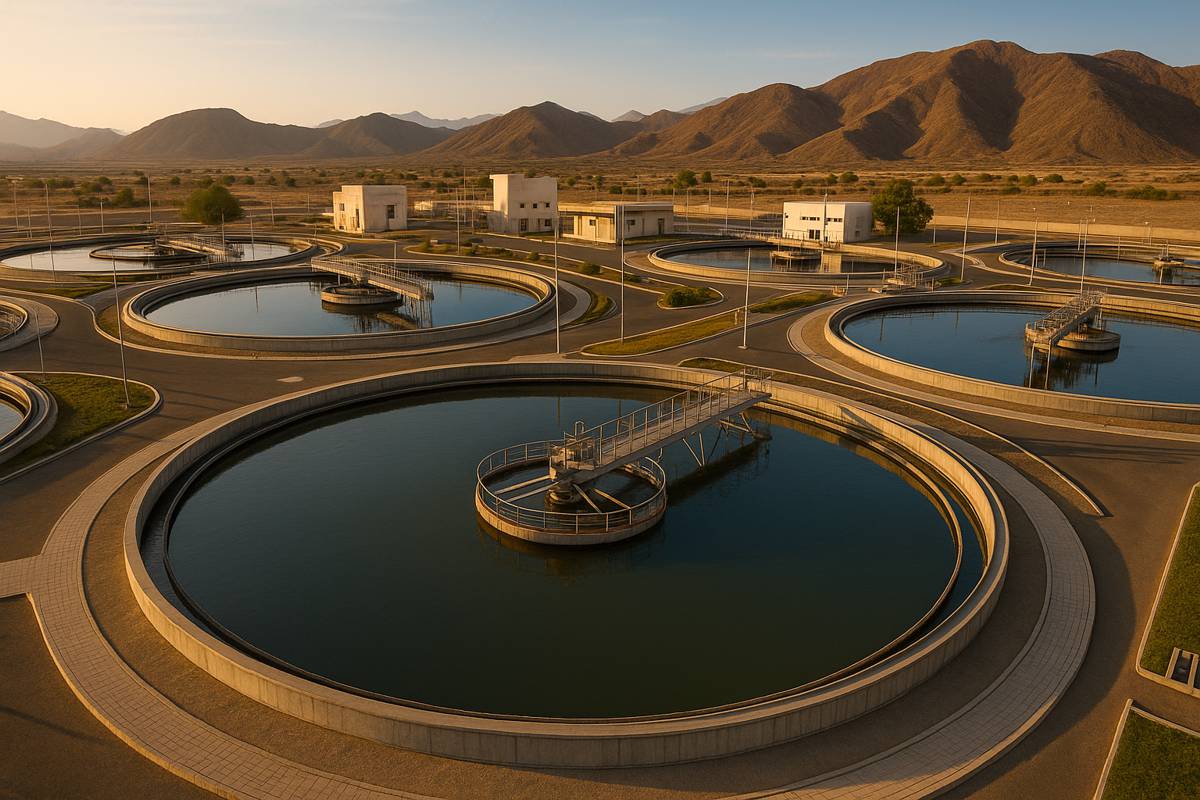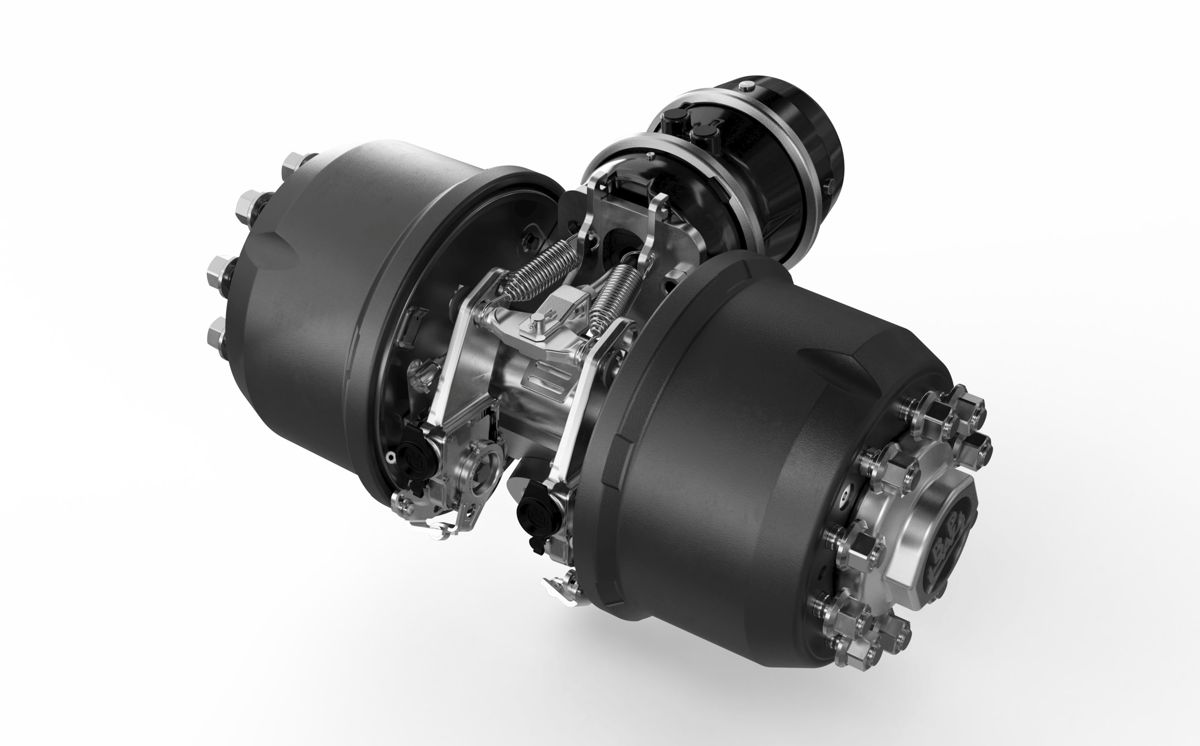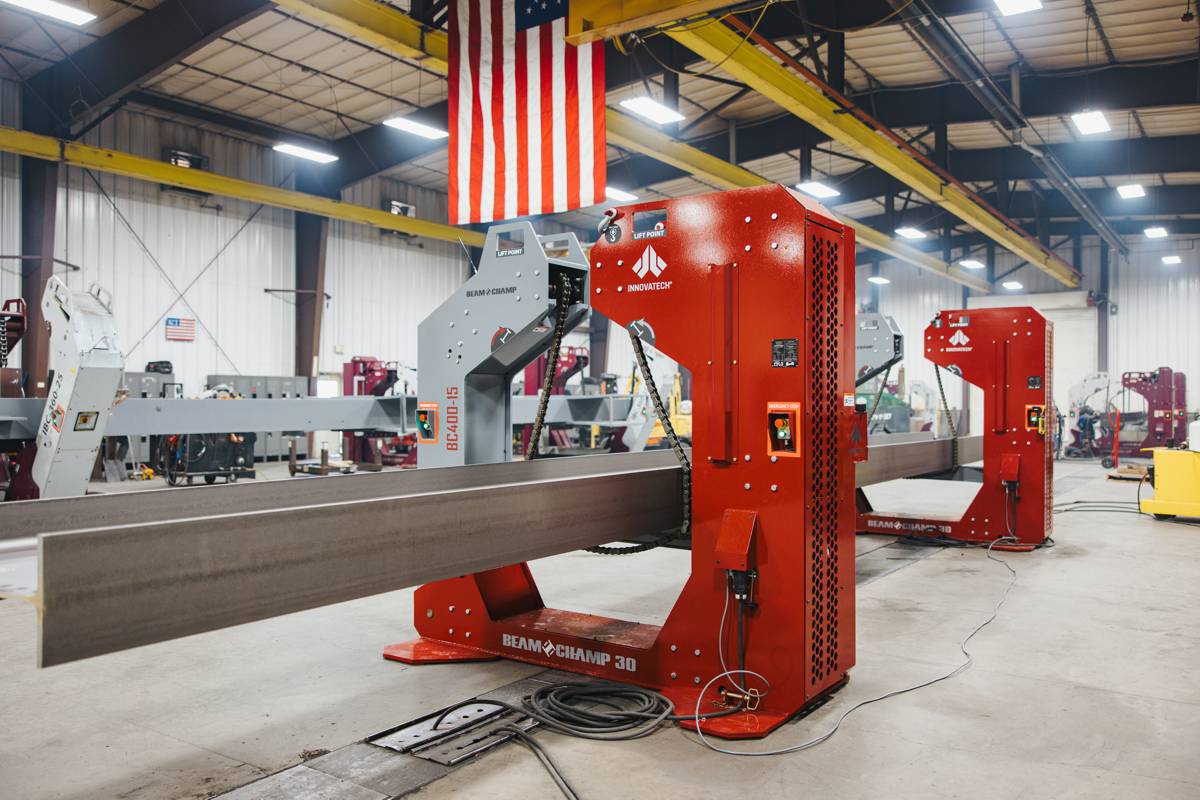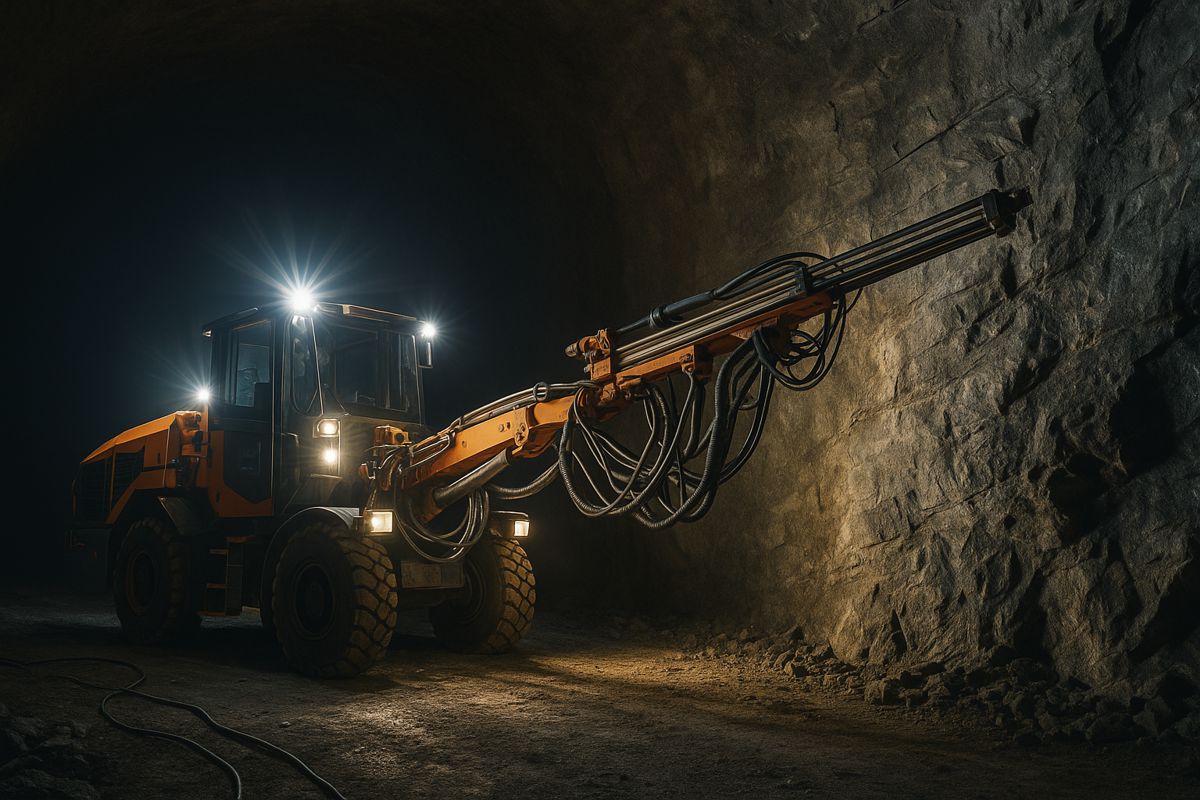Bionetix Biologicals help launch new wastewater treatment systems
Start-up of a wastewater treatment system has special challenges, whether the system is brand new or simply getting a reboot in cool spring or fall weather.
For one reason, a completely new treatment system may not yet have a well-established microbial population and may be overwhelmed by the sudden influx of contaminants. For another reason, cooler weather may mean that dissolved oxygen levels are lower in lagoons or that many waste-digesting microorganisms are still dormant.
Bioaugmentation with Bionetix® biologicals helps overcome these challenges when starting up a new operation or restarting an existing wastewater system in cool weather. While these two biologicals are beneficial at any season, they have special advantages for starting fresh in cooler temperatures.

Launching a New Wastewater System
BCP50™ is an excellent option for seeding a batch of activated sludge when starting a new wastewater operation. It is able to function in cooler weather and works in both aerobic and anaerobic conditions to biodegrade a general range of proteins, fats, carbohydrates, and hydrocarbons by adding a surge of microbial strains to the system. Its ability to reduce COD has been clearly demonstrated in more than one trial.
For instance, an automotive manufacturer in Mexico that is also responsible for treatment of municipal wastewater and wastewater from their food service facilities was looking for a bioaugmentation solution to help them meet COD limits for industrial wastewater discharge. They tested several products in 60 liter (16 gallon) reactors over a six week period. BCP50™ helped maintain an 81% reduction in COD, outperforming the automaker’s standards and receiving approval for use at their factories internationally.
BCP50™ also showed swift and promising results for lowering COD in a sample of agricultural wastewater effluent from a pig farm lagoon in Spain.

A Denitrification Boost in Cool Weather
In cooler weather, naturally-occurring nitrifiers may not be awake, creating a build-up of ammonia and nitrogen in wastewater. BCP655™ is a bio-converter for industrial and municipal lagoons.
It can help remove a broad range of organic nitrogen (i.e., amino acids, proteins, purines, pyrimidines, and nucleic acids) from wastewater, which in turn leads to lower ammonia levels. Because BCP655™ contains bacteria strains that can attack a wide range of organic chemicals, its corresponding nitrogen uptake is also higher. BCP655™ works in temperatures as cool as 50 °F (10 °C) (or less).
It can also function at low levels of oxygen when nitrification processes are suppressed. This is because the microorganisms in BCP655™ are good denitrifiers that use oxygen from nitrite/nitrate for respiration. Spring or fall start-up aside, BCP655™ can increase wastewater treatment efficiency significantly and eliminate expensive surcharges from high TKN (Total Kjeldahl Nitrogen) discharge levels.

Off to a Good Start-up
BCP50™ and BCP655™ can provide a needed boost of microbes to promote a healthy wastewater system at any time, but especially in the face of cool weather or startup challenges. BCP50™ helps establish a good activated sludge microbial population and reduce BOD/COD discharge levels; while BCP655™ helps convert and remove excess nitrogen, ammonia, and nitrites/nitrates in cool temperatures.
Both are great ways to reign in contaminant overload and get the next wastewater season off to a good start!



















